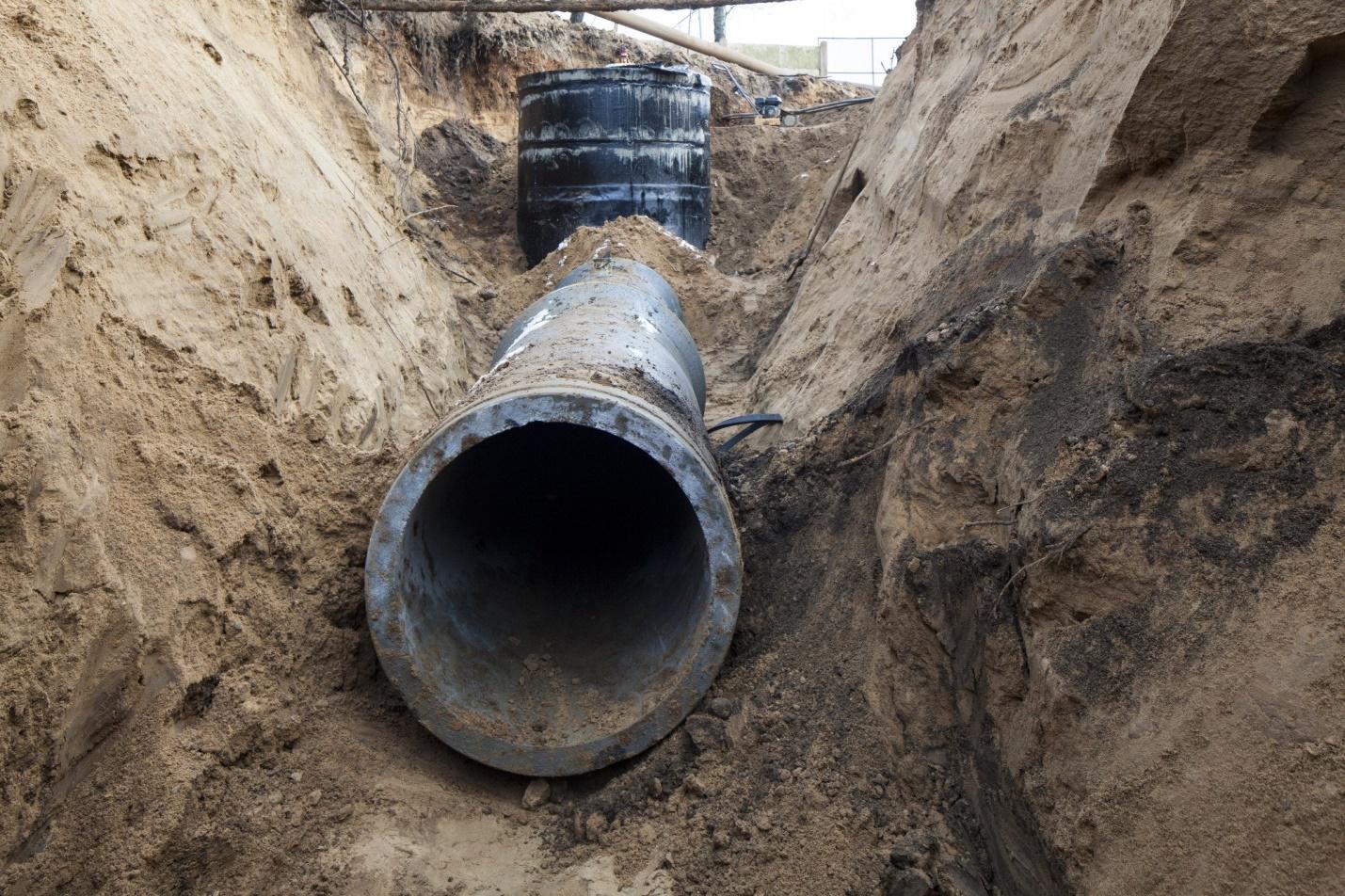Ever wondered how pipe trenches are installed? This intricate process involves careful planning and execution.
Pipe installations are a crucial part of any construction project. Our step-by-step guide will demystify pipe installation, from the initial excavation to the final backfill. This guide offers tips for contractors and DIY enthusiasts to complete the task confidently.
Continue reading to discover everything you need to know about pipe trench installation.
Table of Contents
Planning
Before starting any excavation work, it is essential to have a detailed plan in place. This step involves determining the layout and dimensions of your trench. It also includes identifying any potential obstacles or hazards that may need to be avoided.
To begin, carefully mark the path of your pipe using spray paint or flags. Then, measure the length and depth of your trench and mark these measurements on the ground.
Be sure to also consider any regulations or permits that may be required for your particular project. This step is crucial as it helps avoid costly mistakes and ensures a smooth installation process.
Excavation
With a solid plan in place, it’s time to start digging. Excavation is a labor-intensive process that requires precision and caution.
Using a backhoe or excavator, carefully dig along the marked path of your trench. Be sure to follow the predetermined dimensions and avoid any obstacles or hazards along the way.
It may also be necessary to use hand tools for areas where heavy machinery cannot access. Take your time during this step to ensure the trench is dug to the correct depth and width.
For trenchless pipe repairs, a slightly smaller hole may be necessary to allow for the insertion of new pipes. This method is less disruptive and can be a cost-effective solution.
Laying the Pipes
After excavation is complete, it’s time to start laying your pipes. This process involves fitting together individual pipe sections. You will need to securely connect them with couplings or fittings.
Before laying any pipes, be sure to inspect them for any damage or defects. It’s also crucial to follow the manufacturer’s instructions for proper installation.
Once all pipes are securely connected, carefully place them into the trench while avoiding any sharp bends or kinks. Be sure to maintain a consistent slope for gravity to help with water flow.
Backfilling and Compaction
With the pipes in place, it’s time to backfill the trench. This step involves carefully filling the space around the pipes with soil while avoiding any damage.
It’s important to use a granular fill material that is free of debris and rocks. This type of backfill material allows for proper compaction. It also ensures a stable foundation for your pipes and prevents pipe bursting.
Finishing Touches
The final step in pipe trench installation involves restoring the surface of your excavation site. This includes repairing any damaged areas, reseeding with grass, or paving over the area.
If you are installing water or gas pipes, it’s essential to carefully check for any leaks before completing the backfill process. This step ensures the proper functioning of your pipes and avoids any future issues.
Pipe Trench Installation: Done the Right Way
Pipe trench installation may seem like a daunting task. But with proper planning and execution, it can be completed successfully. Remember to always follow safety guidelines and regulations during the process.
With this step-by-step guide, you now have the knowledge and confidence to tackle your next pipe installation project. If you’re unsure, it’s best to consult a professional to ensure the job is done correctly.
Browse our other blog posts for more information and tips!





